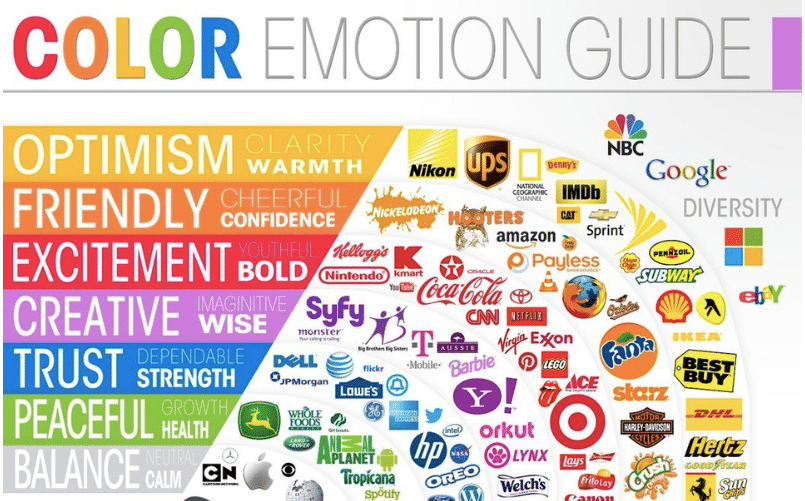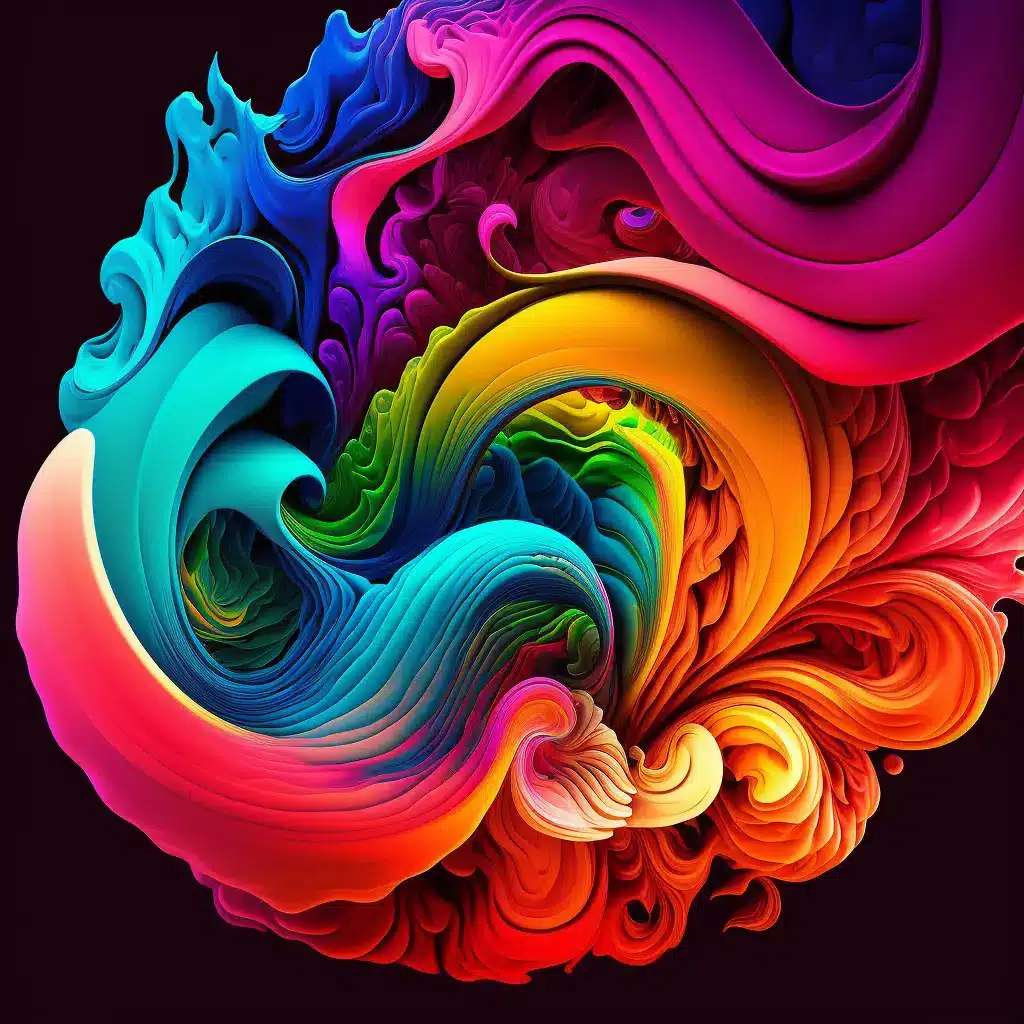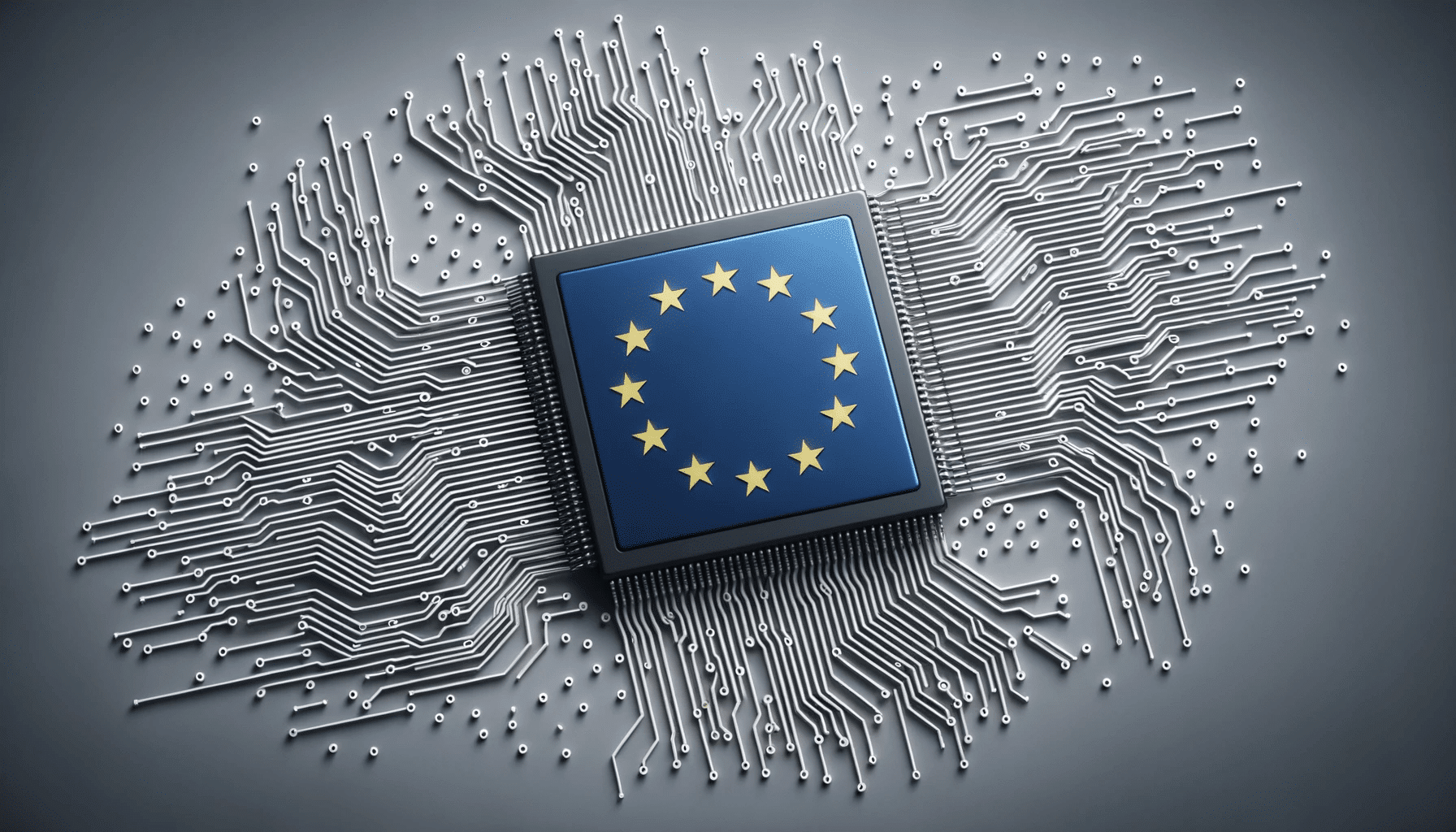- 💡 Color plays a significant role in branding and marketing, influencing emotions and perceptions towards a brand.
- 🎨 Implementing color theory can help create a stronger brand identity and drive customer engagement.
- 🧠 Understanding the psychology behind colors can guide businesses in selecting hues that resonate with their target audience.
- 🔴 Red evokes strong emotions like love and urgency, making it suitable for call-to-action buttons and fast-food chains.
- 🟠 Orange conveys enthusiasm and creativity, often associated with affordability and positivity.
- 💛 Yellow symbolizes happiness and warmth, grabbing attention and portraying positivity.
- 🟢 Green signifies balance, harmony, and growth, often used by eco-friendly and health-focused brands.
- 🔵 Blue instills trust, reliability, and calmness, making it popular in technology and finance sectors.
- 🎨 Consistency in color usage across platforms is crucial for maintaining brand identity and recognition.
In the vast landscape of branding and marketing, one element stands out as both subtle and powerful: color. Beyond mere aesthetics, colors have the remarkable ability to influence emotions, perceptions, and behaviors, shaping the way audiences interact with and remember a brand. In this blog post, we’ll explore the fascinating realm of color psychology and how it can be harnessed to elevate your branding and marketing strategy.
Understanding the Role of Color
Colors are not arbitrary; they carry deep-rooted meanings and associations that transcend cultural boundaries. By understanding the psychological impact of different hues, businesses can strategically leverage color to evoke specific emotions and responses from their target audience.
The Power of Color Theory
Implementing color theory is akin to wielding a potent tool in the arsenal of brand identity. It involves a deliberate selection of colors based on their psychological effects, ensuring that every shade and hue aligns with the brand’s values, personality, and desired message.
Exploring the Psychological Significance of Colors
Each color possesses its own unique symbolism and emotional resonance, making it imperative for businesses to choose wisely when crafting their brand palette. Let’s delve into the psychology behind some of the most commonly used colors in branding and marketing:
1. Red: The Color of Passion and Action
- Emotional Associations: Love, energy, urgency
- Applications: Ideal for call-to-action buttons, fast-food chains
2. Orange: Radiating Enthusiasm and Creativity
- Emotional Associations: Enthusiasm, creativity, affordability
- Applications: Conveys positivity and warmth, often used in upbeat messaging
3. Yellow: Symbolizing Sunshine and Happiness
- Emotional Associations: Happiness, warmth, attention-grabbing
- Applications: Known for its positivity and ability to command attention, frequently utilized in signage and promotions
4. Green: Emblematic of Balance and Growth
- Emotional Associations: Balance, harmony, growth
- Applications: Associated with nature, health, and eco-friendliness, commonly seen in health products and environmental initiatives
5. Blue: Evoking Trust and Serenity
- Emotional Associations: Trustworthiness, reliability, calmness
- Applications: Instills a sense of trust and stability, favored by tech and finance sectors

Harnessing the Power of Consistency
Consistency is key when it comes to color usage in branding. By maintaining uniformity across various touchpoints – from your logo and website to marketing materials and product packaging – you reinforce brand recognition and strengthen brand recall among consumers.
Conclusion: The Art and Science of Color in Branding
In the realm of branding and marketing, color is both an art and a science. By delving into the nuances of color psychology and applying strategic insights, businesses can craft compelling brand identities that resonate deeply with their target audience. Whether it’s the fiery passion of red, the vibrant energy of orange, or the serene trustworthiness of blue, each color has the potential to leave a lasting impression and forge meaningful connections with consumers.







